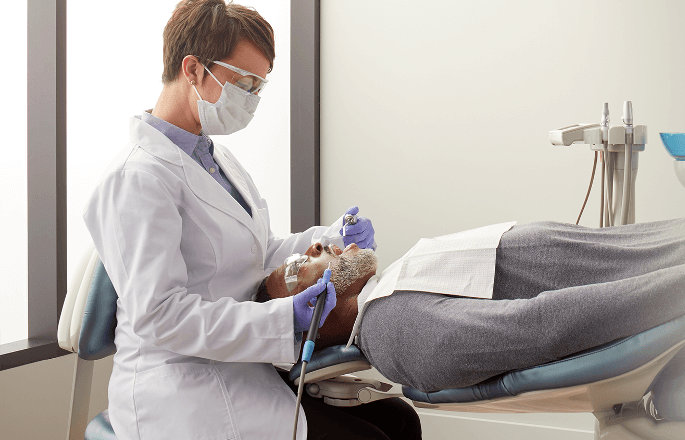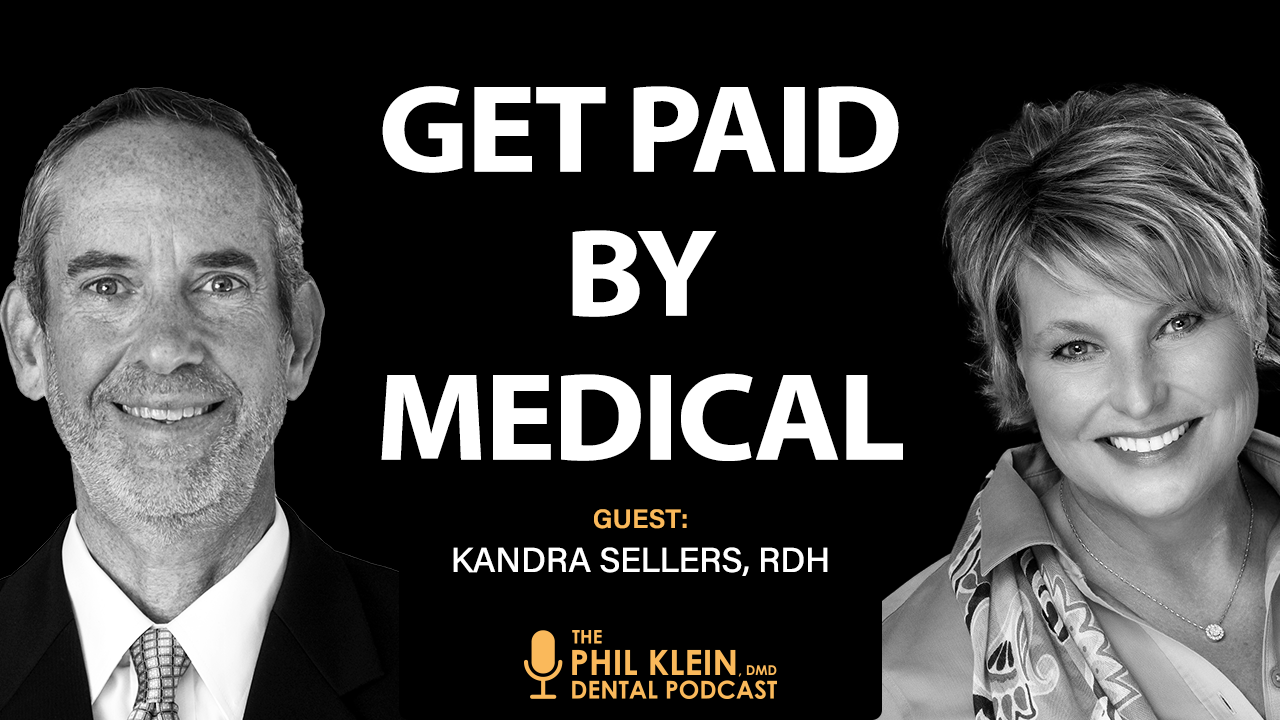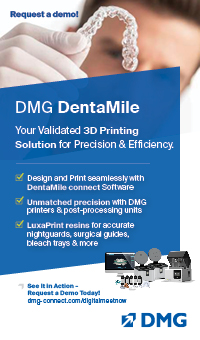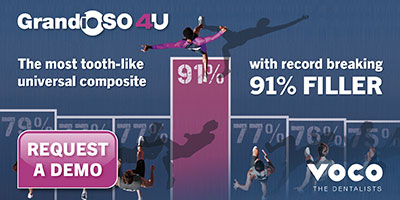
Equipment, Layout, and Posture: Your Guide to Operatory Ergonomics

“When dental professionals are asked at my lecture if they experience some form of chronic pain, it's rare that not every single person raises their hand," observes Stephanie Botts, RDH, BSDH, a dental hygienist with over 17 years of experience and a Certified Ergonomics Assessment Specialist. This sobering reality doesn't have to be the norm in dentistry.
Through her company Polished Posture, Botts has discovered that most work-related pain stems from preventable ergonomic mistakes. Her journey began with chronic low back pain that mysteriously returned every Monday morning. The solution wasn't found in chiropractic care—it was in understanding how her work environment was working against her body.
The Fundamental Problem: When Equipment Doesn't Fit
One fundamental issue facing dental professionals is that most equipment remains designed around male anthropometric measurements. "Historically, dental equipment has been based around the anthropometric measurements of men," Botts explains.
The statistics reveal a significant disconnect. The average male height is 5'9", while the average female height ranges from 5'3" to 5'4". Yet the current dental workforce is primarily women in hygiene and assisting positions, with dental schools now graduating more women than men.
"Why are we using equipment that isn't actually made for us?" Botts asks. This fundamental mismatch creates unnecessary physical stress and contributes to work-related injuries in dentistry.
The Four Most Common Ergonomic Mistakes
- Excessive Reaching
"One that comes to mind that I see a lot is reaching," Botts notes. "What we want to avoid is this full arm extended reach where our arm is straight out in front of us and we're reaching for something that puts a lot of strain on the shoulder, the elbow, the neck."
The solution requires intentional planning. Pre-positioning frequently used items within easy arm's reach eliminates extended reaches. Botts recommends the 16-inch rule, keeping essential instruments within 16 inches of your working position.
"I can usually tell if someone's a reacher within the first few minutes, and they're reaching hundreds or thousands of times a day, and it's completely unnecessary."
- Twisting and Rotation
Constantly rotating your torso to access equipment creates cumulative spine stress. This movement occurs when equipment is positioned incorrectly or when delivery systems don't match clinical workflow.
- Forward Head Posture
Leaning forward and craning the neck puts enormous stress on cervical vertebrae. This forward head posture happens when patient chairs cannot be positioned appropriately, magnification is inadequate, or lighting is insufficient.
- Improper Instrument Gripping
Chronic tennis elbow and tendonitis often trace back to gripping instruments too tightly or using instruments that don't fit properly.
Patient Chair Selection: Critical Features
What to Avoid
- Thick, cushy backrests — Encroach on operator space
- Wide backs with large wings — Prevent close patient positioning
- Massive armrests — Create barriers to optimal positioning
What to Look For
- Narrow, tapered backrest — Allows legs to fit close to patient's head
- Thin profile — Maximizes operator space
- Adequate height range — Essential for standing dentistry
"A lot of times, the patient chair is designed around the patient's comfort," Botts observes. "It's nice and thick; it's got these huge armrests, which yeah, maybe it's great for the patient, but those are very hard to work around as a clinician."
Midmark® dental chairs are built with both clinician and patient in mind, featuring integrated armrests that comfortably cradle the patient’s elbows and shoulders while supporting ergonomic clinician positioning with unencumbered access. The Midmark UltraTrim® chair adds a backrest that is narrower and 40% thinner than standard designs, helping clinicians position closer for greater access to the oral cavity.
[blogad]
Operatory Layout: One Size Does Not Fit All
A critical mistake is using identical layouts for all operatories regardless of intended use. "That's a mistake I see a lot," Botts explains. "They have one operatory layout for all of their ops no matter what those ops are going be used for."
Rear delivery systems work best for four-handed dentistry but create challenges for single operators who must constantly twist to access equipment positioned behind them.
Split delivery systems feature a bracket table on the operator's dominant side and delivery unit on the non-dominant side, providing balanced access with reduced twisting. "For dental hygienists or single clinicians, I recommend a split operatory design," Botts advises.
For a wide range of operatory configurations that support ergonomic reach and workflow, dental professionals should consider Midmark delivery system and cabinetry solutions. Midmark design experts can help practices create functional, beautiful operatories, each optimized for its unique purpose.
The Power of Standing Dentistry
Botts recommends aiming for a 50/50 split between sitting and standing. "Our body is meant to move. It's not meant to sit still all day."
Ideal procedures for standing include:
- Hand scaling — Improved ergonomics and power
- Injections — Better leverage and control
- Intraoral scanning — Enhanced mobility
- Impression taking — Better access
This flexibility requires patient chairs with adequate height adjustment and delivery systems that accommodate height changes. The Midmark Elevance® Dental Chair, for example, provides 19 inches of vertical adjustment with limited horizontal movement, helping optimize positioning whether seated or standing, even in compact operatories.
Physical Conditioning: The Missing Piece
Beyond equipment, physical conditioning plays a crucial role in career longevity. "We've got to strengthen these stabilizer muscles in our shoulders, in our core, in our pelvis," Botts emphasizes.
Dental professionals often focus exclusively on stretching when experiencing pain, but strengthening is equally important for preventing injury and maintaining proper posture. Regular resistance training using weights, bands, or bodyweight exercises helps build core strength necessary to support spinal stability.
Self-Assessment: The Photo Method
Botts shares a powerful technique: "How I learned when I was trying to figure out what I was doing wrong is I had my office manager take pictures of me while I was working when I didn't know she was taking pictures. You can learn so much by just looking at a few photos of yourself."
Look for forward head posture, shoulder elevation, spinal misalignment, and extended arm reaching patterns in candid workplace photos.
Implementation Strategy
Immediate steps:
- Conduct photo assessments of current working postures
- Reorganize supplies within easy reach
- Begin appropriate strengthening programs
Medium-term planning:
- Budget for ergonomic equipment based on assessment findings
- Train team members on ergonomic principles
- Establish regular equipment maintenance routines
Long-term commitment:
- Plan equipment replacement cycles with ergonomics in mind
- Continue education and maintain physical conditioning
- Schedule periodic consultation with ergonomic specialists
Conclusion
Ergonomics isn't about expensive equipment or complicated systems—it's about making your work environment serve your body rather than fight against it. Simple awareness and strategic planning can eliminate most work-related pain and extend career longevity.
"We have to think long term," Botts emphasizes. "Who's going to protect my future self? The reality is we have to correct things now to protect ourselves going forward, and that's why ergonomics is so important."
Ergonomic awareness more critical than ever. By choosing equipment designed for actual users, organizing workspaces efficiently, and maintaining physical conditioning, dental professionals can enjoy long, pain-free careers while delivering optimal patient care.

























